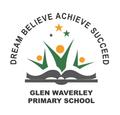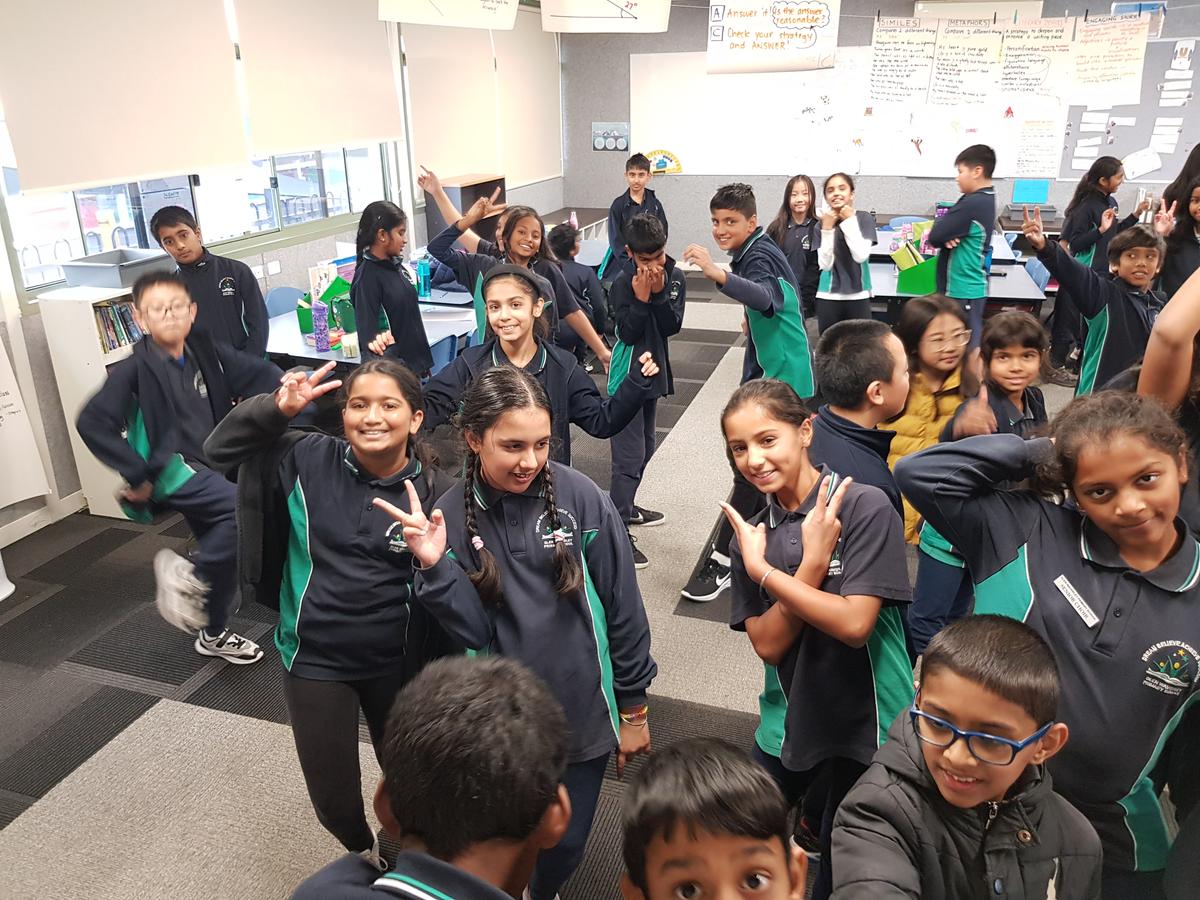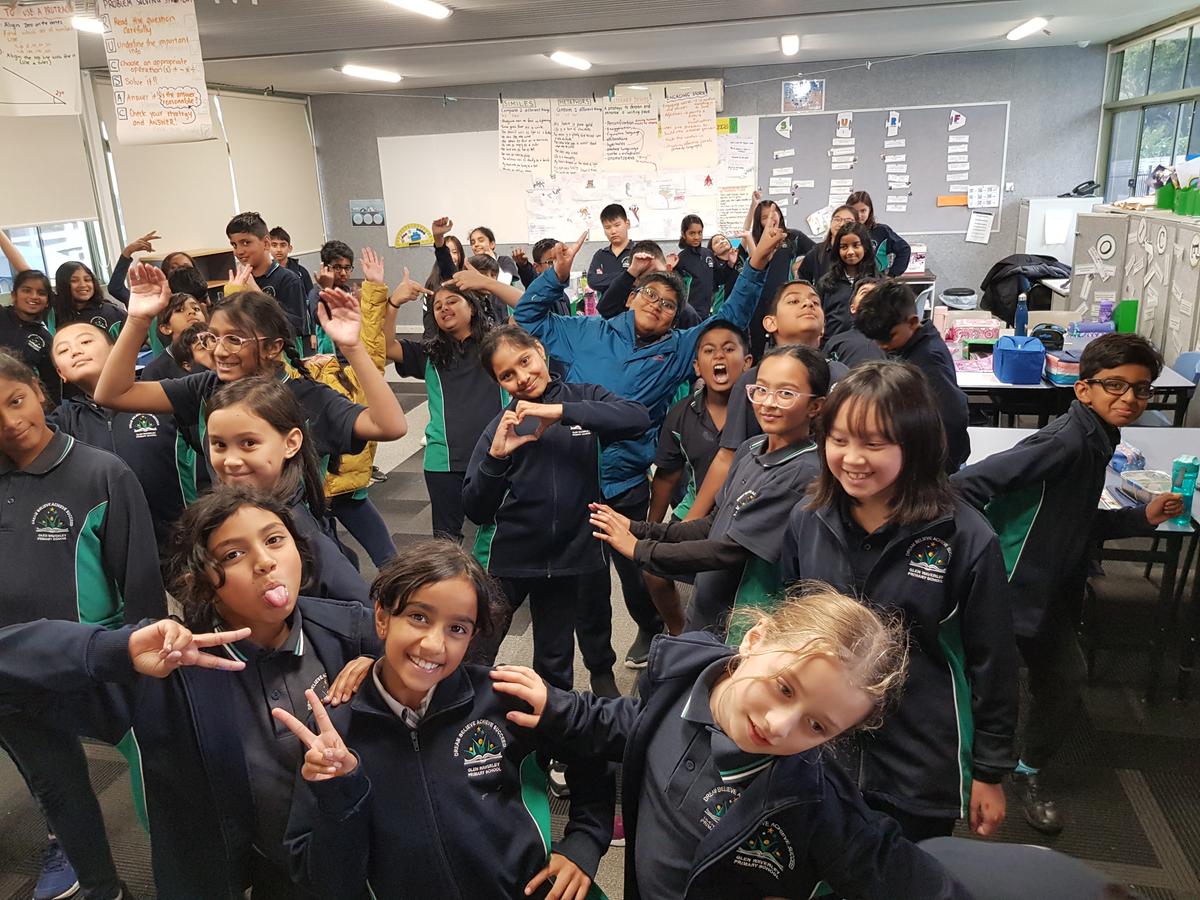Performing Arts

Performing Arts is back in a big way, and it’s in the form of DANCE! In Term Two 2023, we begin preparing for the biennial GWPS Production (August 10th), a grand show revolving encompassing the theme of ‘character strengths’. We have already in the full swing of class group rehearsals and the students have reconnected with past performances, explored the purpose behind a school production and begun learning the initial choreography for their dance items.
Prep
Learners in Prep will be representing different emotions through body language and movement this term. They will be exploring simple dances, expressing what they enjoy and why. Using their expressive skills, students will emote with different types of body language, like posture, facial expression and gesture. They will explore the reasons why people dance and how dances can be enjoyed and enhanced through teamwork.
Key vocabulary: body awareness, body control, posture, expression
Year 1 and Year 2
Students in Year One and Two will explore choreographic devices when practising different short dance sequences. They will be learning about fundamental locomotor and non-locomotor movements, body parts, bases and zones to explore, improvise and structure movement ideas for dance. Students will be communicating ideas about themselves and their world to an audience through varied use of body language.
Key vocabulary: boundaries, strength, balance, coordination, interaction, energy
Year 3 and Year 4
Level Three and Four students will communicate the intentions behind dance choreography and will use the elements of dance to communicate ideas, combining technical and expressive dance skills in rehearsal. They will use production features, such as costume and props to communicate specific ideas and feelings. Learners will be structuring dance sequences, using choreographic devices to share symbols, concepts and ideas. They will further develop core skills such as movement accuracy, projection and focus.
Key vocabulary: alignment, accuracy, projection, focus, contrast, repetition
Year 5 and Year 6
Level Five and Six learners will combine many elements of dance, such as body, energy and space to engage an audience. They will be rehearsing the combination of fundamental movements with varied use of dynamics, relationships and space. To develop an understanding of forms and elements, the students will analyse dance through viewing and responding exercises. Learners will be investigating characteristics of dances from different social, historical and cultural contexts and discussing how these factors influence their dance making. They will create dance sequences that convey distinct narrative events and symbolic concepts.
Key vocabulary: spatial changes, dynamic changes, clarity, canon, unison
How can you support your child’s Dance learning at home?
- Use kid-friendly YouTube channels such as GoNoodle!, Kidz Bop and DJ Raphi to play dance-along videos and have a dance party at home. Have your child rehearse their production dance item with other family members.
- Incorporate dance regularly into interactions around the house as a means of expression. Examine the way you and your family members communicate non-verbally through gestures, posture, movement and facial expression.
- Play music often and explore the messages and meanings within the lyrics. Develop basic choreography to songs you hear on the radio.


